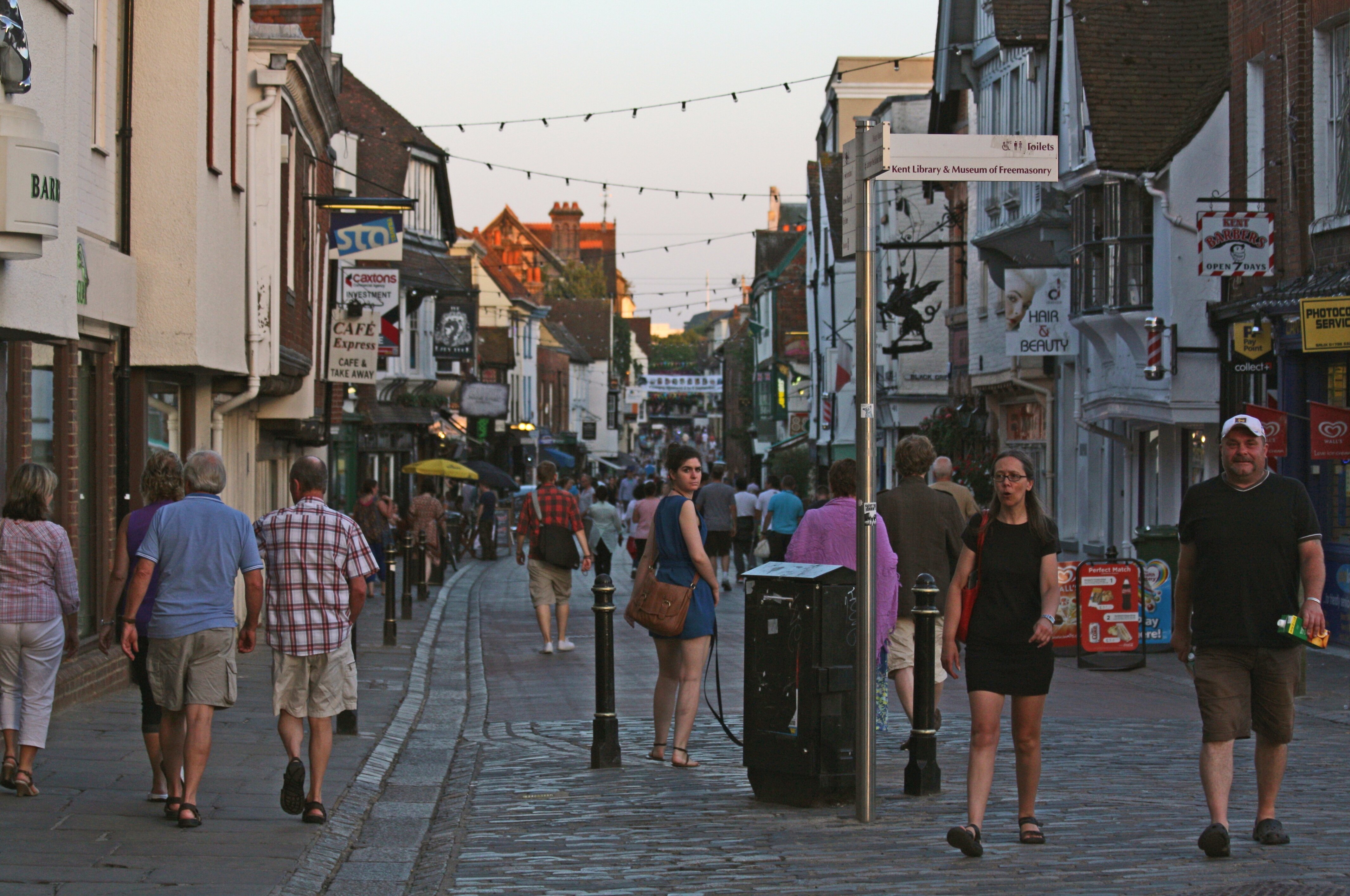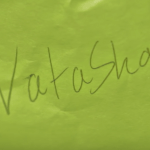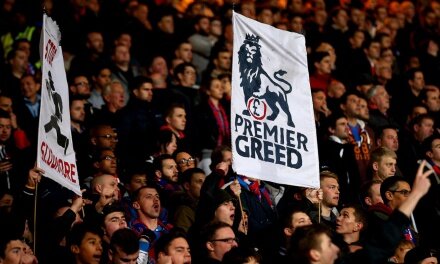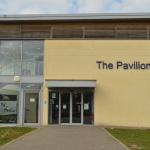
Interview: Liz Moran, Director at Gulbenkian
Ahead of welcoming Motionhouse theatre company back to The Gulbenkian with their production Broken, Editor-in-Chief Natalie Tipping chatted to Liz Moran, one of the directors at Gulbenkian, about her main aims in her role, and what’s coming up at our on-campus theatre.
Could you quickly explain who you are and your role here?
I’m Liz Moran and I’m the director of The Gulbenkian, and that involves a lot of things that you might not think necessarily come under the heading of The Gulbenkian, but basically I organise the artistic programme, so that includes all the live performance, the cinema, the live music in the café, and in addition the outdoor work we do for bOing! and the International Festival.
The artistic strategic development of that is the key thing in terms of what my job is about, about how Gulbenkian connects with the University and with the wider community, so it’s about building relationships with local authorities, Arts Council England, and building relationships with other groups that could benefit Gulbenkian as well as the University.
What’s The Gulbenkian’s main aim in terms of the next few years?
The main aim is to do what we do better, and for more people, and a more diverse range of people. A lot of the work we do, people don’t know about. For example, we’ve made a recent appointment for a Director of Creative Learning and now also a Creative Learning Assistant, and their job is to work much more in the community, with schools, and with Kent Refugee Action Network as well. We’re keen to develop work with young refugees and in particular trying to change people’s thinking that having these young people arrive in Kent is a problem but actually it’s an amazing opportunity to enrich our culture. So we’re working on those things but we’re also working on a big project called Art31, which is a Kent-wide project and that is really to revolutionise the way young people are engaged and involved with the arts in Kent, people aged up to 25, which clearly includes a lot of the students in Kent. So we’re trying to get more young people involved, and also give them access to small amounts of funding, which allows them to develop projects they want to do.
You mentioned the bOing! festival which happens over the August bank holiday weekend, and I know that last year you had a performance by the group Motionhouse, they’re coming back to The Gulbenkian soon with their production Broken, what can you tell me about that?
Motionhouse came to The Gulbenkian last year for bOing! as part of an installation that we commissioned specifically for the festival through the additional funding we got from Arts Council England, which was an expensive project. But this is a show we’ve had before, I would say this is their most amazing show ever, when it was here two years ago there was a spontaneous standing ovation, and it’s an amazing piece of work. I like them as a dance company because it’s an amazing story, I wouldn’t even call it a dance piece, it’s theatre really, that happens to be very physical, and very multimedia – they use digital video incredibly well, and the dancers have been involved with the company for a very long time, and some of the moves that they make are terrifying, which actually adds to the intensity of what you’re feeling while you’re watching it. It’s actually based on the Chilean miners who were trapped underground so there’s a great detail to it as well because of that. So I think I love it on all kinds of levels because no matter what age you are you would get something from that show, and it’s not just for dance audiences.
In terms of the physicality, it sounds like the production would appeal to a wide-range of people, not just people who like that sort of theatre.
One of the issues for me is trying to get people to engage with dance because I think dance has got some really worrying misconceptions. If you mention dance to people, especially contemporary dance, people just immediately switch off. I think I want people to take a chance and see something like Motionhouse because it will change a lot of those perceptions. I wouldn’t describe it as dance, it’s just really good storytelling.
So is that something the Gulbenkian is trying to do in terms of bringing in these sorts of productions and making people expand their theatrical horizons?
Completely, and that’s hard as a programmer because, for example, we had a company earlier in the year from Catalonia, Atresbandes, and trying to get an audience for that sort of work is really difficult, even though they’re not performing it in Spanish it’s because it’s not really known, and they’re a company whose work is known throughout the world, of course, Canterbury is not familiar with them, but I want to keep bringing that company back to build an audience with them because they’re just fantastic actors, fantastic story, very simple, not like Motionhouse with all the multimedia stuff it’s very stripped back, but just really good acting, well written, well directed work. So yes, we want to bring surprise to people a bit, so even if you don’t know the name of a company, you’ll know that because it’s at The Gulbenkian that it’ll be of a certain quality, and that there will be something a bit different about it and something a bit innovative.
So do you think that intense aspects of the performance will help to push people out of their comfort zones in that they might feel a bit uncomfortable at points and on the edge of their seats?
It is a bit of an issue for us because the theatre is lovely, but it is a bit restricting. It works wonderfully for things like comedy and intimate theatre, but it was built a long time ago, whereas now I think what offers much more opportunities is a big open space that is flexible and can become lots of different things, whether it’s for a big music gig or an immersive dance piece or whatever, or that you can divide into many spaces. So long-term, what I’d like to work towards is a proper arts centre at this university, where you would have teaching going on, academics working, etc., almost like a laboratory, which would then make it feel much more right to be on a university campus. So a new kind of arts centre which is engaging with the academics, engaging with the students, and bringing in artists in residence and creating work as well. That’s one of the things longer term that I Want to do.
So would you agree that in terms of having performances like this come in it’s not just a case of making people expand their horizons in terms of what they go to the theatre to watch, it’s also about making the Gulbenkian expand its horizons in terms of what it stages?
Completely, I think we want to break down all of those walls, and the barriers to the work itself, so that people are able to see it in a different kind of way, which is why we do a lot of the outdoor work for bOing!
One of the things we’re doing this year for bOing, and it’s a pity that it happens out of term-time (on the August bank holiday) because this is something our students would love. We are taking a show into the city centre, called Invisible Dancing, from a company called Protein Dance, and what they do over a week is almost like a flash-mob – they move into Canterbury on the Sunday, and they’ll be dressed as regular people going around Canterbury doing some shopping or whatever, then all of a sudden they’ll start to dance, and that’ll build up during the week, to the final performance on the Friday. It will incorporate all sorts of dance styles, whether it be ballroom or tango or sixties, or street dance, working with all kinds of dance groups in the community, and they’ll all come together for the final performance. But the audience don’t know that they’re there either because they just appear to be part of the crowd, and we’ll also use a lot of the buskers in Canterbury to create a band, so that’ll create some interest around it.
It’s just a lovely way to celebrate dance and all kinds of styles, so we’re doing that in the week running up to bOing! to try to take something of the festival out to the people, to get them to engage with the Gulbenkian in a different way.
Do you often find that being up on the hill on campus means that people in the city don’t come up to The Gulbenkian because there’s a divide between the campus and the city?
Definitely. I think for a lot of people the hill is quite a barrier. I think for a lot of people they’re maybe not aware that we exist and that they can actually come on this campus. So I think, from the University’s perspective in terms of community involvement, it’s important that we take what the University is about and what the Gulbenkian is about out there. I don’t expect those people to suddenly think ‘I’m going to go to The Gulbenkian or I’m going to go up to campus’, and in some ways that doesn’t really matter because we’ve engaged with them in a different way. It’s all about making people aware that we’re up here and they’re welcome anytime.





























Discussions